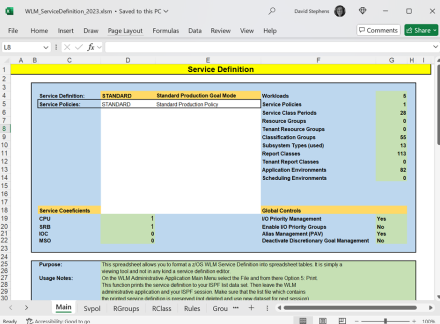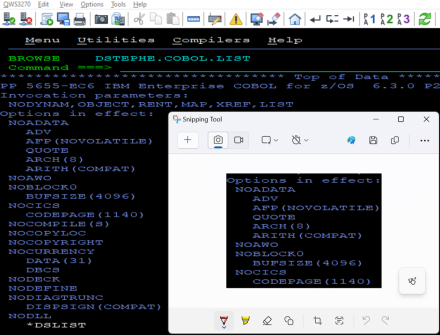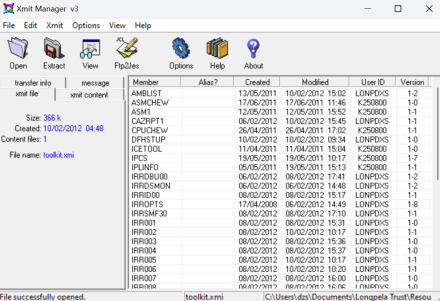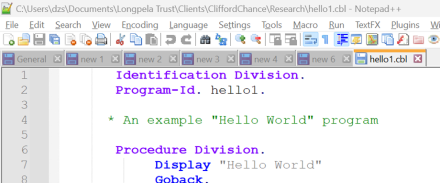Technical: My Five Best PC Tools for z/OS
As a z/OS consultant, I do more work on my PC than I do on z/OS systems. In many ways this is because I'm analysing and advising, rather than doing the day-to-day administration. This may also be because I don't have a logon (and get data from a client), or because working on the PC is faster or easier than on z/OS. For example, I use Word on my laptop to create documents, not something like DCF on z/OS.
So, I use PC tools a lot. But the tools I use the most may come as a surprise. Excluding things like TN3270 emulators, clients and Microsoft Word, here are the five PC tools I use the most when working with z/OS.
5. WLM Viewer
z/OS WLM Policy definitions can be difficult to figure out, particularly if you're new to the site. In the past, I've used WLM to output a text file and work through it. IBMs Robert Vaupel has created a brilliant Excel spreadsheet (with macros) that can use this text file definition, and show the WLM definitions in a way that is easy to navigate and understand:

The latest version is from 2018, so I use it with some caution. However, it still seems to work fine as of z/OS 3.1. You can find it from the IBM ftp site.
4. Windows Snipping Tool
It seems that every day I need a screenshot of something. It may be for a report or article I'm writing, or I need to send an email showing something. In the old days, I'd just use the PrintScreen button and send the whole screen. Windows today has a great snipping tool so I can just select what I want, and quickly create an image file.

I'll often use the Windows Paint-3D program to reduce the size of the image, or do further things like cropping, or adding comments.
3. XMIT Viewer
Using TSO Transmit to send and receive XMIT files is the best way of transferring z/OS files. It's also essential if using any of the CBTTape resources, and is even used by some software vendors. I often use Neal Johnson-Ward's XMIT Manager to view these on my laptop.

You can download this for free from the CBTTape website. This page also has some other XMIT viewers.
2. Notepad++
This may be a surprise, but I use the Notepad++ tool every day: other notepad tools will work just as well, but Notepad++ is my favourite.
Notepad++ is always open on my PC. My constantly changing list of things to do is kept in one of the tabs:

I regularly past things into Notepad++ to remove any formatting, then cut and past again into something else.
I'm always working with data, Notepad++ is invaluable for this. I can use editing features to create CSV files from data. I can quickly count lines, remove leading and trailing blanks from data, convert text to upper case, and find strings. Notepad++ also has features to display code with colours to make it easier to view: this formatting can be included when cutting and pasting the code. For example:

1. Excel
The PC tool I use the most is Microsoft Excel. I am always viewing and processing data, and Excel is the tool for me. I use it for simple mathematical functions (what is 4.56 times 1.113?), as well as numeric conversions (how many 3390 tracks do I need for a 4.5Mbytes dataset?). The Longpela Expertise website includes a sample Excel spreadsheet with some useful features for working with z/OS:

I use it for day-to-day administration: for example, to record my time and create invoices. But most of all, I use it to create tables and graphs from data. I talk more about using Excel with SMF data in this article.
What is Missing
If you were expecting to find sophisticated software tools in this list, then by now you'll have been disappointed. I haven't included popular tools like Zowe Explorer, or IDE tools like IBM Developer for z/OS (I still use ISPF). There are no sophisticated tools for processing SMF records, or for viewing z/OS resident databases and datasets. And there's no doubt that such tools are available, and great if you have them. The problem is that my clients usually don't, or at least I can't get access to them.
Rather, I use these low-tech, basic, readily available tools. And they're perfect.
David Stephens
|



